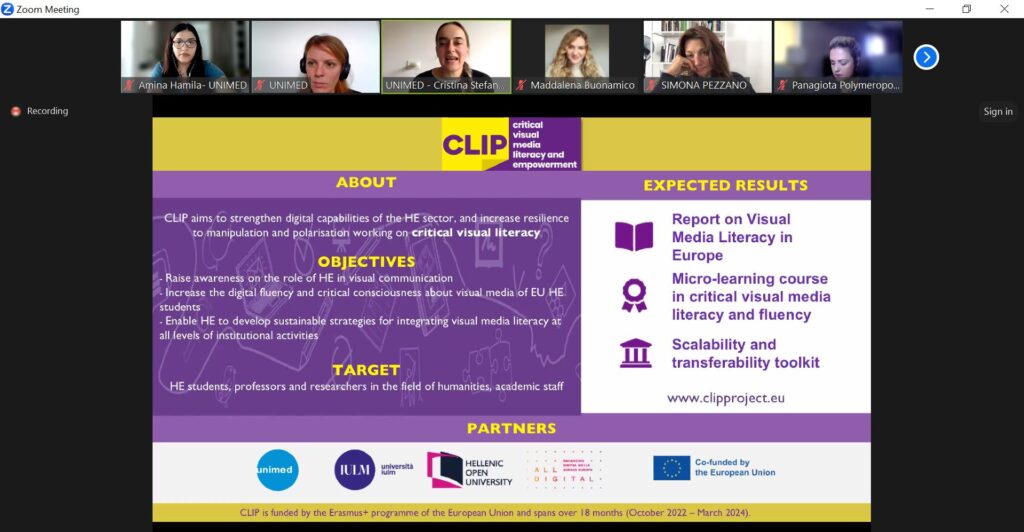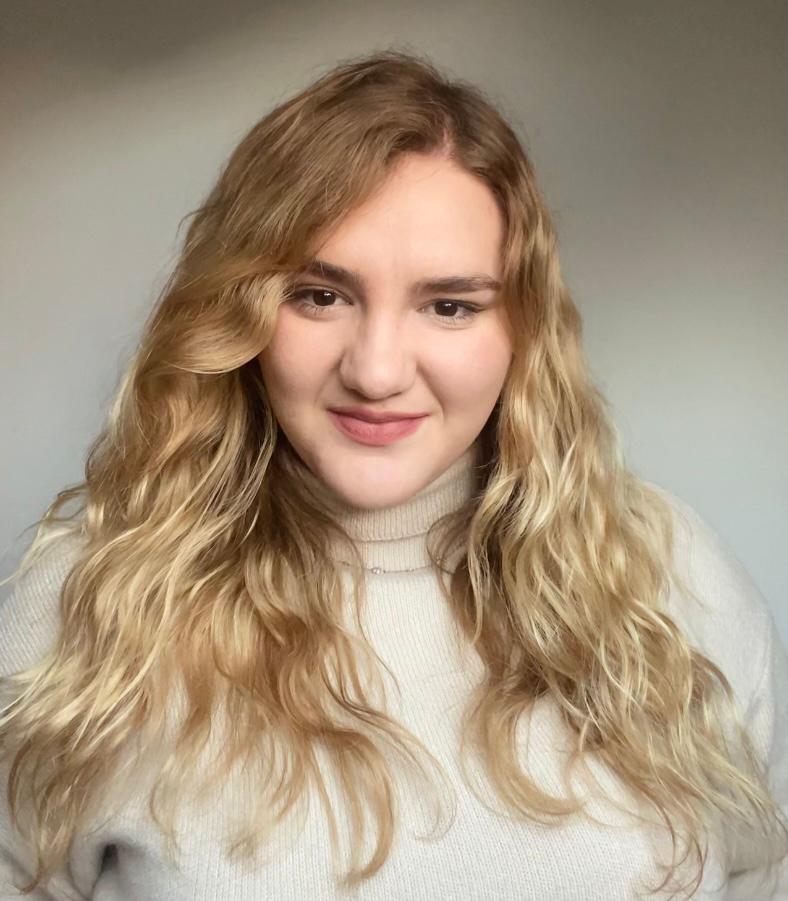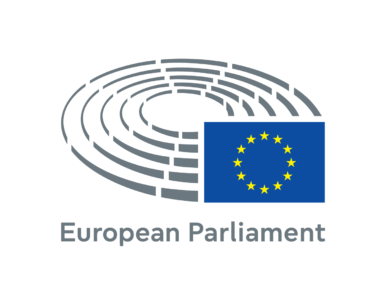by Maddalena Buonamico, All Digital.
CLIP – Critical visual media literacy and empowerment aims to strengthen critical visual literacy and fluency in higher education, thus increasing resilience to manipulation and polarization.

The project addresses the fair and resilient digital transformation, tracking disinformation and bias in visual communication. We believe that working on critical visual literacy is fundamental, as – through the increased use of the Internet and social media – it is becoming a key component of the way European students and citizens are getting informed in the digital era.
Specific objectives
- Raise awareness of the role played by higher education in Europe to enable fair and resilient digital transformation, tracking disinformation and bias in visual communication through education and training
- Increase the digital fluency and critical consciousness about visual media of European students and faculties, both within communication study communities and transversely across subjects, nourishing misinformation-resilient behaviors and providing them with the practical skills to detect image bias as well as stereotypes in visual artifacts
- Enable academic staff, senior management, and communication staff at the universities to develop sustainable strategies for integrating visual media literacy at all levels of course offerings.
Expected Results
The project has three main results:
- Report on Visual Media Literacy in Europe: The report critically integrates the challenges imposed by visual media illiteracy, the competencies to be developed to support visual media literacy, and a set of tools that can be used to track misleading visual information. The report can be consulted here.
- Micro-learning course in critical visual media literacy and fluency: the course aims to provide participants with a deep understanding of the significance of images in present societies. Through a series of four modules, learners developed the ability to detect images and recognise stereotypes in visual artifacts. They learned to navigate the visual landscape, discerning the credibility of the pictures they came across in their daily lives. The course will be free and available after the end of the project (March 2024).
- The scalability and transferability toolkit: The toolkit will support any organisation interested in the design, development, and delivery of a learning offer focused on visual media literacy, with specific reference to HEIs, but with the necessary flexibility to be adapted to other learning environments, as well. It will also contain a set of implementation guidelines for university educators who might want to use the course, including guidance on how to adopt, re-use, and adapt the course in a blended modality within teaching activities.
The toolkit will be available in English, Italian, and Greek in March 2024.
The project is implemented by a consortium composed of UNIMED – Mediterranean Universities Union (coordinator), IULM University, Hellenic Open University, and ALL DIGITAL.

This project is co-funded by the Erasmus+ program of the European Union and spans 18 months (October 2022 – March 2024).
Project website: https://clipproject.eu
Project social media: Twitter, LinkedIn.
Email: info@clipproject.eu

Author
Maddalena Buonamico, Projects and Fundraising Assistant, All Digital.














